© & ® 2015 The Cheat Sheet, All Rights Reserved.
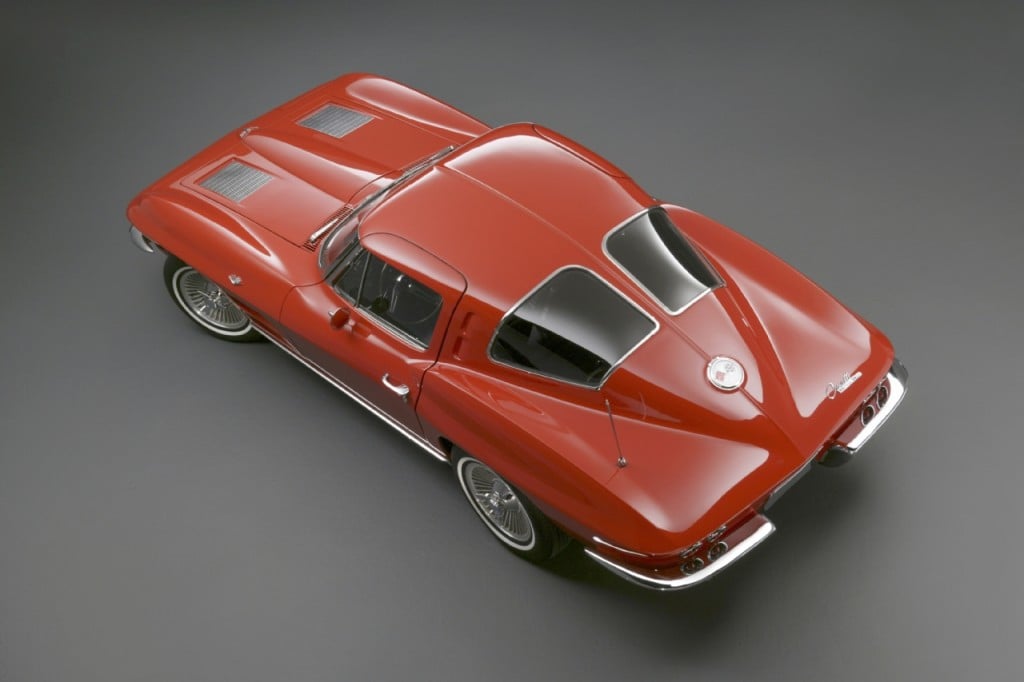
Source: Chevrolet
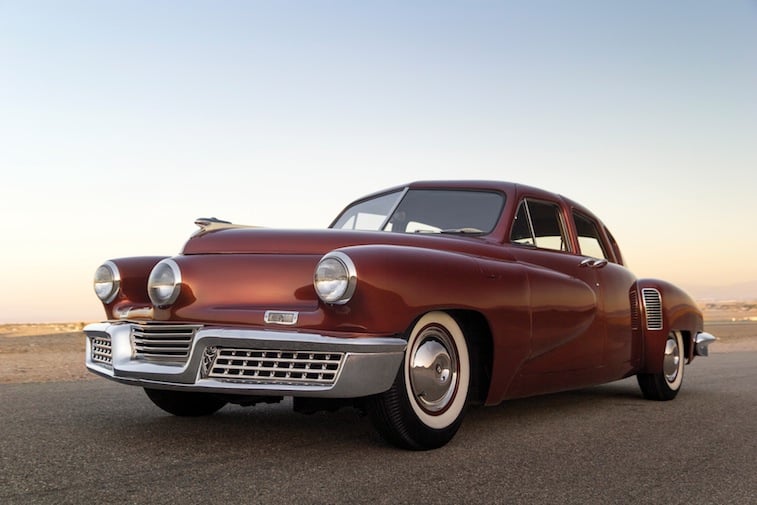
Source: Patrick Ernzen/RM Sotheby’s
1. Tucker 48
The brainchild of industrialist Preston Tucker, the company earned national attention after a successful public relations and fundraising tour, but it only managed to build 51 cars built before it ran out of money. Tucker’s collapse became a national scandal, and U.S. government indicted the company’s executives for fraud.
Because of their rarity and historical significance, the Tuckers have become some of the most valuable American cars ever built. This car was sold by RM Sothebys in August 2014 for $1,567,500.
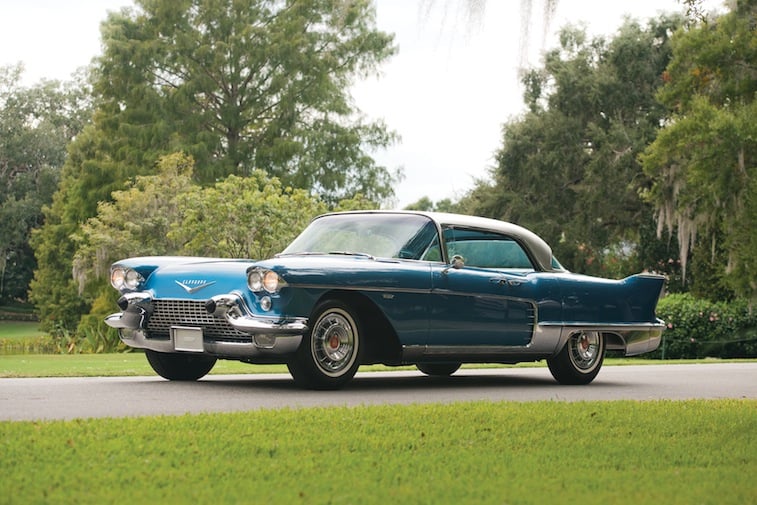
Source: Darin Schnabel/RM Sotheby’s
2. Cadillac Eldorado
By the end of the decade, the redesigned four-door model cost more than a Rolls-Royce Silver Cloud and was considered one of the most elegant cars in the world. In 1967, the Eldorado was re-imagined as a radical two-door “personal luxury coupe,” kicking off one of the most popular segments of the late ’60s and ’70s, and becoming the second front-wheel drive car ever built by General Motors.
Proving that there’s plenty of magic left in these old Caddys, this 1958 example was sold at this year’s Amelia Island auction by RM Sotheby’s for $148,500.
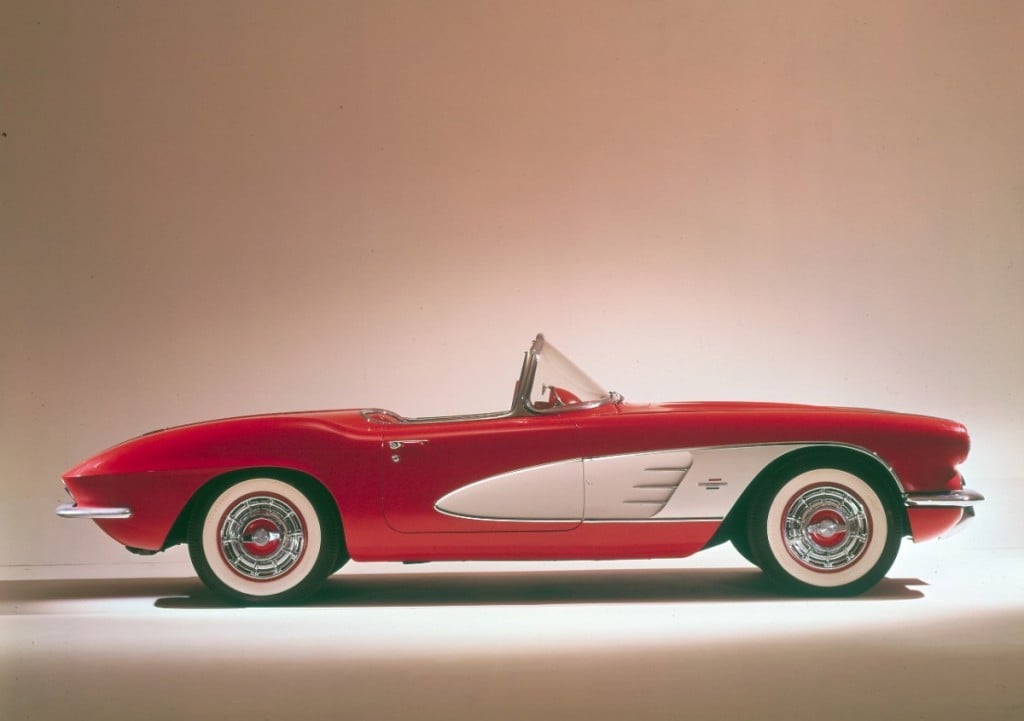
Source: General Motors
3. Chevrolet Corvette
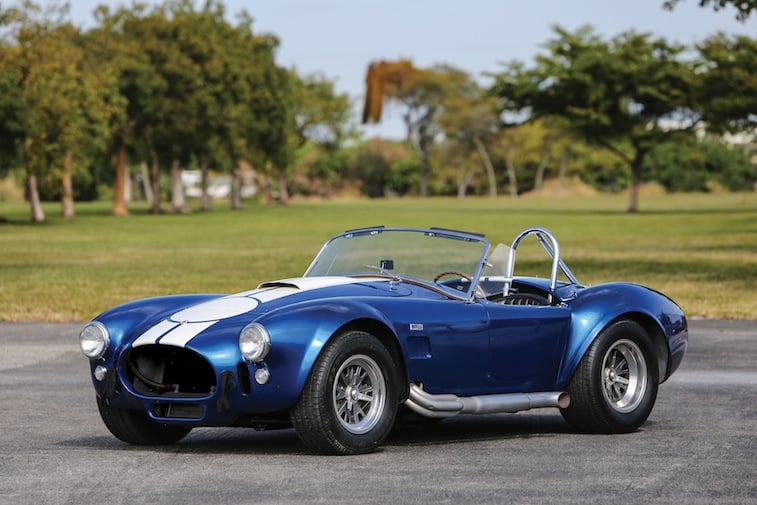
Source: Ryan Merrill/RM Sotheby’s
4. Shelby Cobra
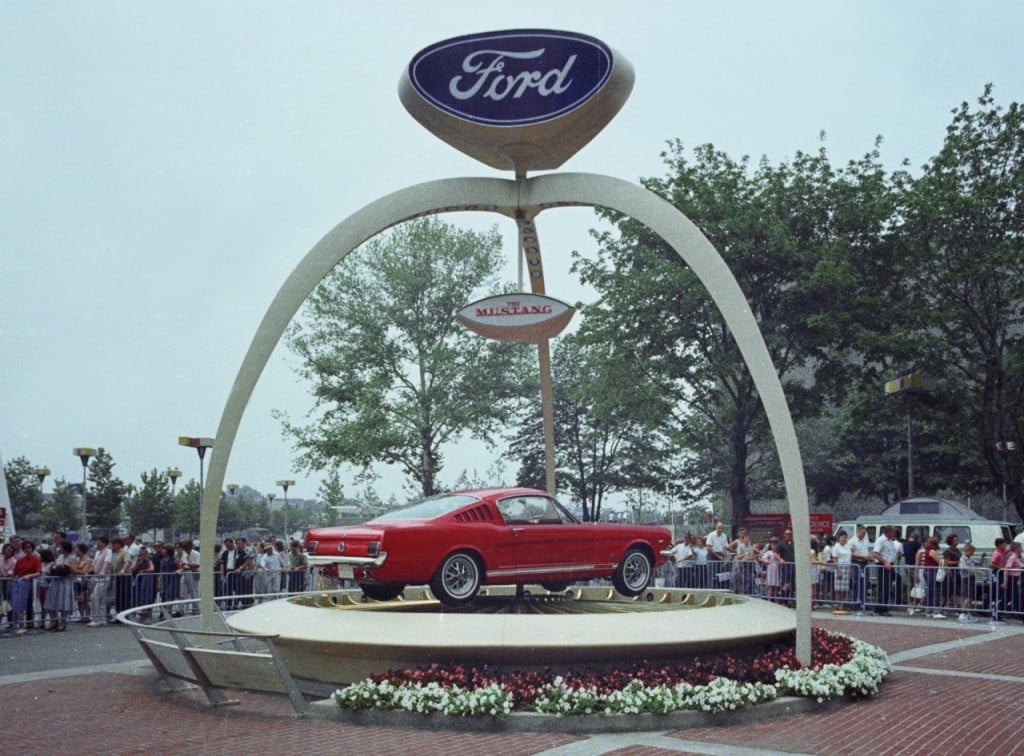
Source: Ford
5. Ford Mustang
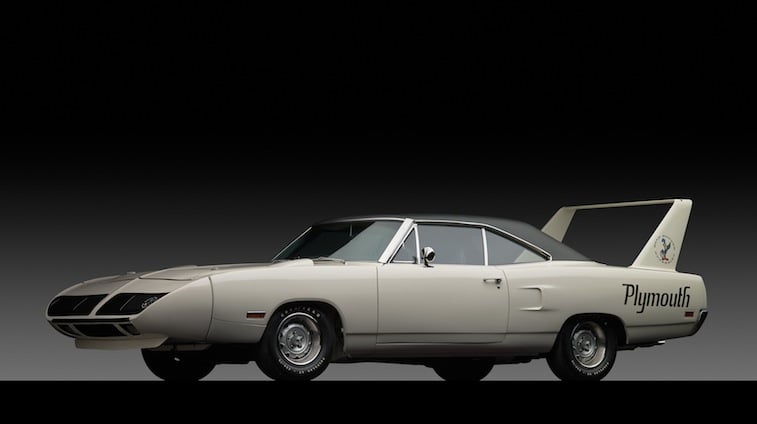
Source: Michael Furman/RM Sotheby’s
6. Plymouth Roadrunner Superbird
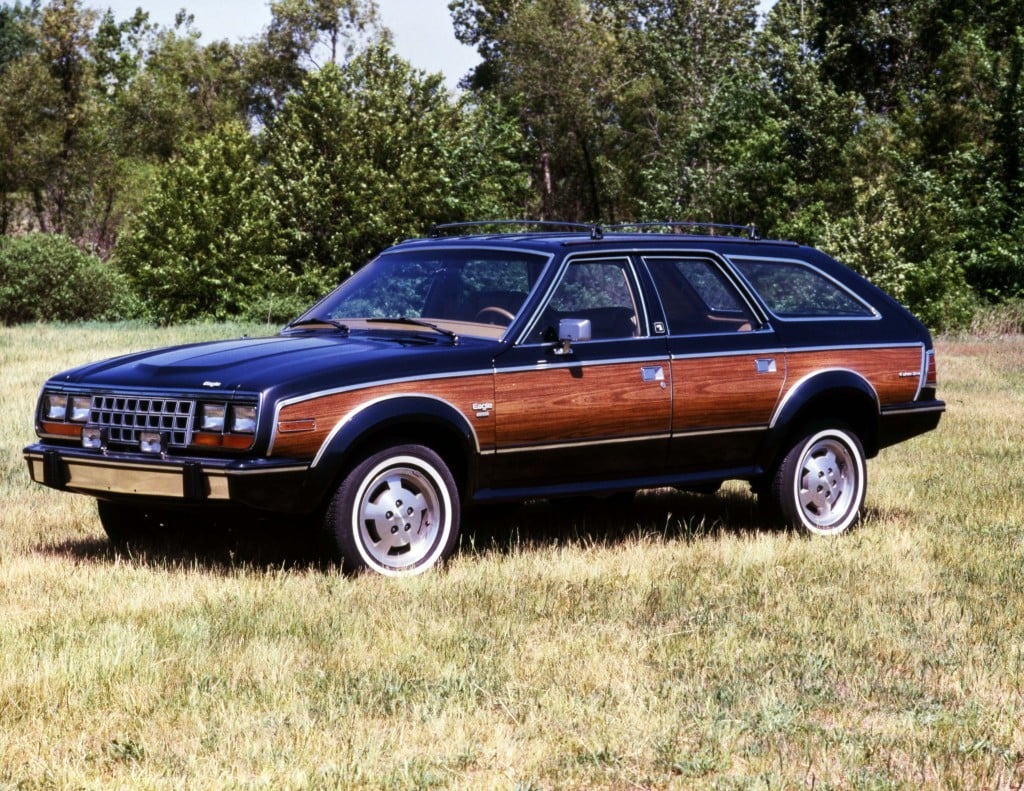
Source: Fiat Chrysler Automobiles
7. AMC Eagle

Source: Saleen
8. Saleen S7
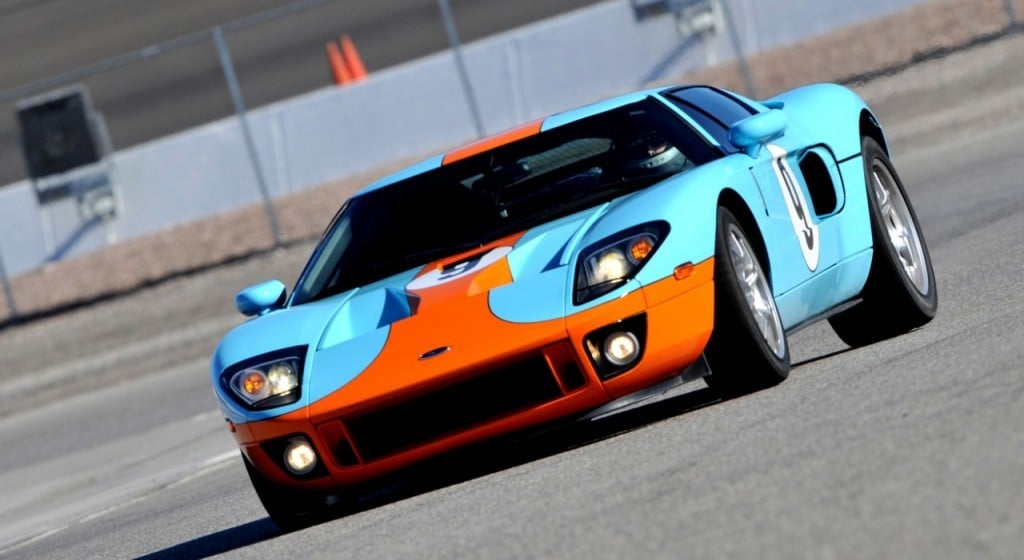
Source: Ford
9. Ford GT

Source: Hennessey

No comments:
Post a Comment